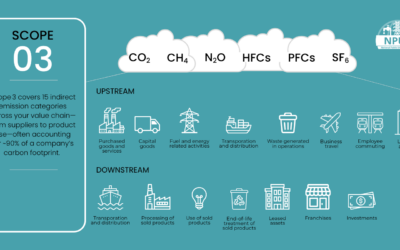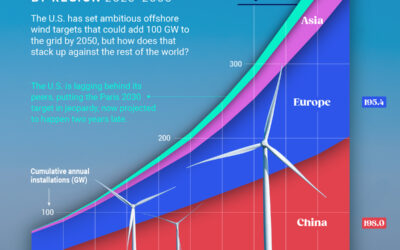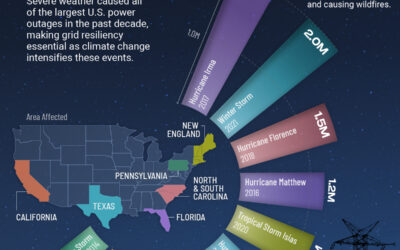Blockchain and the Evolution of Digital Interaction
As time progresses, the applications for Blockchain technology continue to increase. For a refresher on Blockchain, check out my colleague Paul Lamer’s post “Blockchain: What You Need to Know to Know if it’s What You Need.”
Decentralization is one of the biggest buzzwords in the blockchain universe. Smart Contract has taken this concept and applied it into the field of finance, thus developing Decentralized Finance, or “DeFi.”
While the most basic principles of cryptocurrency allow you to essentially be your own bank, Smart Contracts allow you to be your own “Banking Services”. In other words, Smart Contracts help you exchange anything of value in a transparent, undisputable way, all while avoiding the costly services of a middleman.
Here is an example of how this concept could play out in a real-world scenario:
Say you are buying a car using a Smart Contract with the seller. This transaction could go two ways:
- If you are not able to provide the funds/collateral requirements by the contract date, the data for the car (DMV records, title, etc.) will be returned to the seller.
- If you are able to meet your requirements before the contract date, the funds and vehicle data will remain in the contract until the date requirement is met. Once met, the property would be distributed to the purchaser and seller.
This simple concept is helping drive forward a financial revolution where people can lend out their money in a way that is more cost-effective for the borrower and more lucrative for the lender.
Decentralization in the Energy Sector
Another facet of Decentralization comes in the form of energy. In our modern world, renewable energy has become cheaper and more accessible for millions of residential households. Coupled with battery storage, this in and of itself is a revolution. However, this just the tip of the iceberg.

As more people gain access to solar, a Distributed Energy Resource (DER) within a Virtual Power Plant(VPP) is created. With the utilization of smart contracts, people with solar panels can sell their energy to those without. This power can be transferred using the existing powerlines. Over the last couple of years, this concept has gained major traction and has begun to be implemented. Tesla and AEMO, for example, created one of the largest Virtual Power Plants, established in South Australia. In December of last year, the VPP propped up the grid during a coal outage. New technology successes propagate more innovative technologies. In this case, the VPP victories led to Tesla releasing its Autobidder platform in May. This platform dispersed the idea of their VPP technology to the consumer level, creating benefits for the sellers and buyers in the energy market. According to the Forbes article, “Tesla’s Autobidder Platform Is One Example Of A New Energy Future”:
“Autobidder is a transactive energy platform that uses machine learning, predictive analytics, and automated interactions with market operators and regulators to generate revenue from power and energy services with minimal overhead. The combination of DER and automated platforms produces benefits for asset owners and at the market level. Autobidder has been in use at the Hornsdale Power Reserve (with the Neoen-owned Tesla Big Battery) in Australia for several years, where it has reduced systems costs and exerted downward pressure on prices. Hornsdale’s flexibility saved an estimated A$14 million ($10 million) across Australia’s various markets during a single islanding event in 2019 and saved customers more than A$50 million ($34 million) over its first year of operation.”
So, how does this platform tie back to Blockchain? The Energy Web Chain.
Created by the Energy Web Foundation, the Energy Web Chain is the “World’s First Public, Open-source, Enterprise-grade Blockchain Tailored to the Energy Sector”. This chain is used for developers to write smart contracts and dApps (decentralized apps). The transactions are validated on the Energy Web Validator Network, comprised of some of the largest global energy companies, and exist within their blockchain ecosystem. The company, Grid Singularity — which helped develop the Energy Web Chain — has promoted Tesla’s Autobidder platform.
While this technology may be emerging, is it moving into every aspect of our lives — from financial services to the energy in our homes. This change may seem slow at first, but market movers are leaning into this Decentralized Revolution and development will continue to bring efficiencies at a blinding speed. This year alone, DeFi has seen explosive growth, from $500 million in March to around $4.22 billion in August of total valued. This is a 744% growth in just a few short months.
Brace yourself, changes are coming. It is best to research now to find new and innovative projects. Familiarize yourself with the coming shift and how it may be used to your advantage. In what ways can these digital developments work for you?



